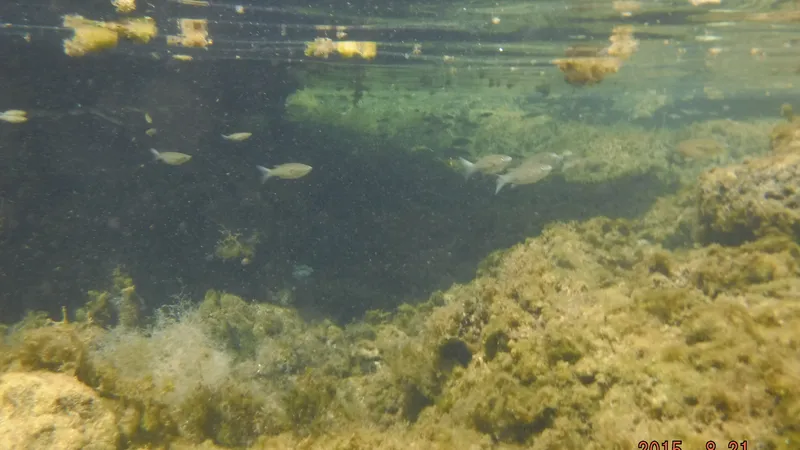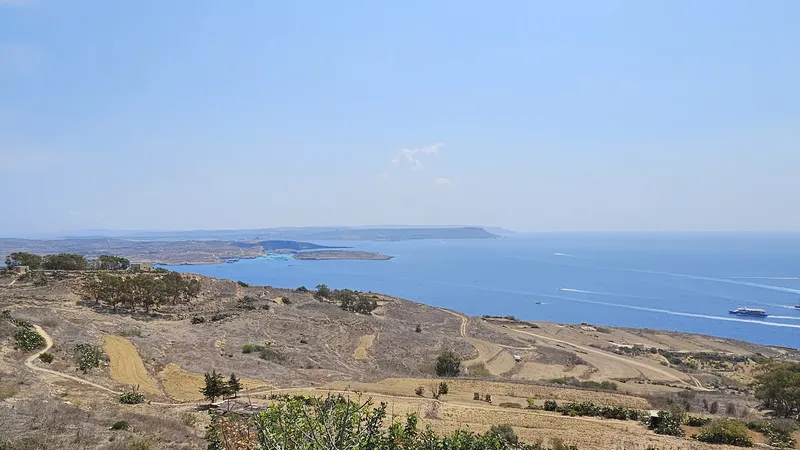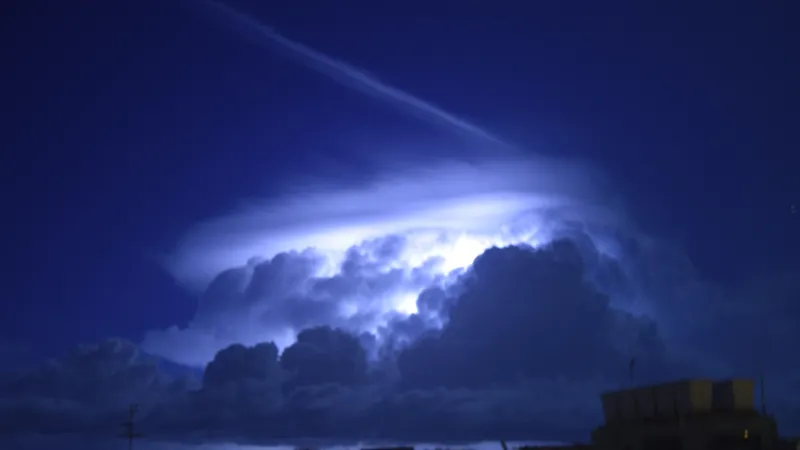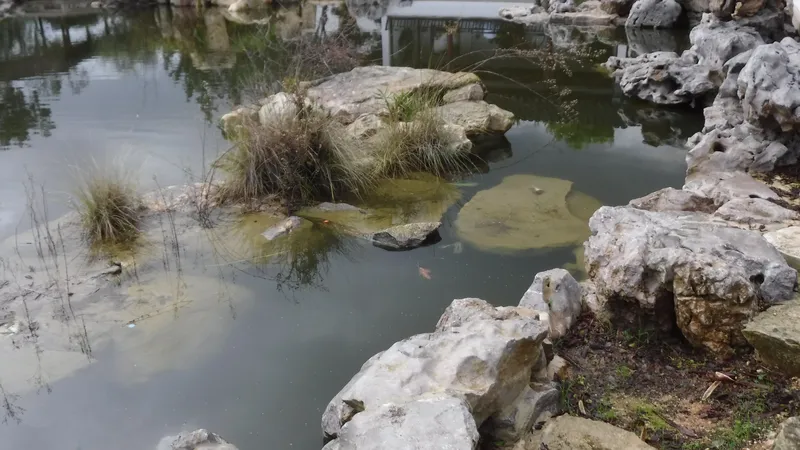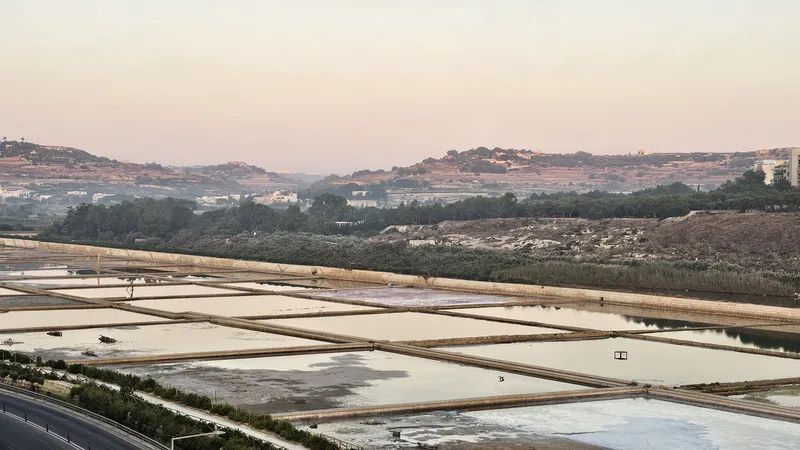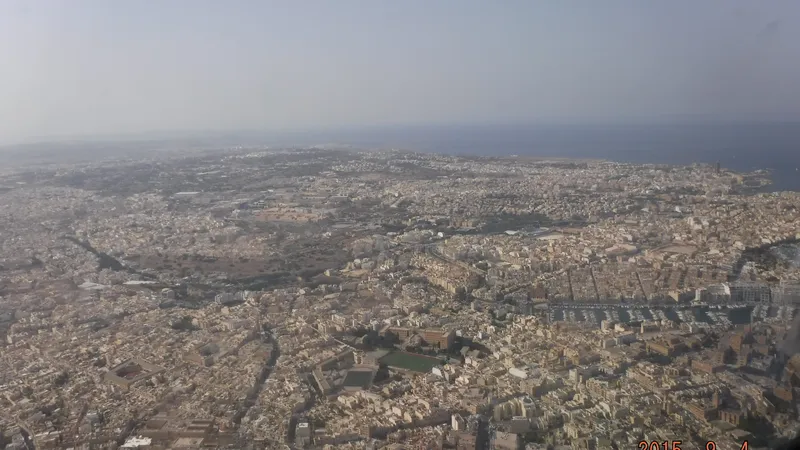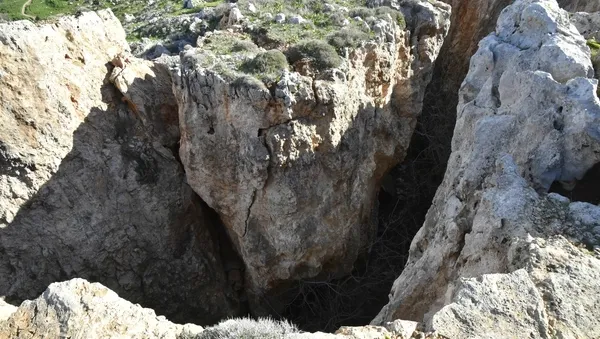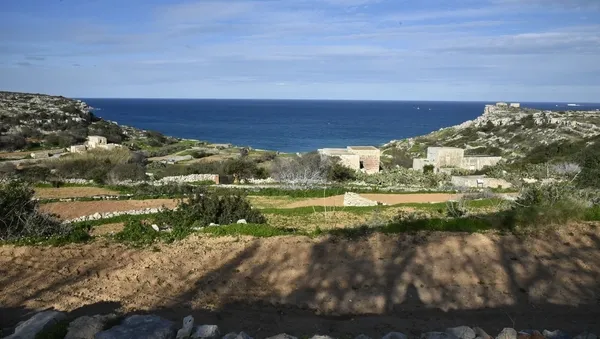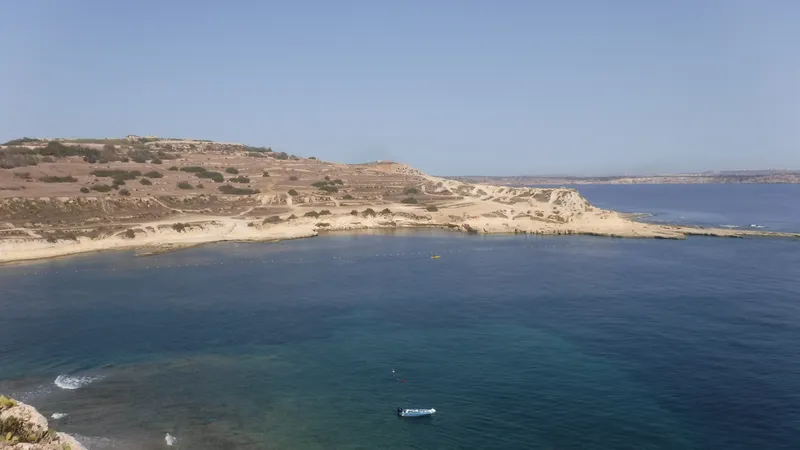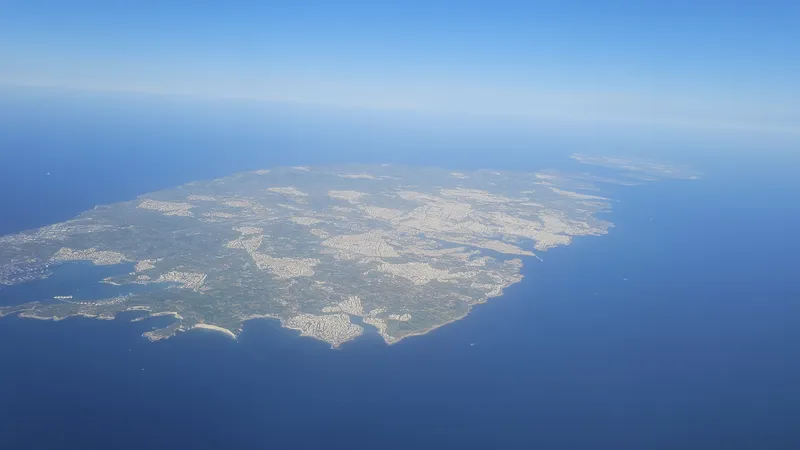Marine environment
Geographic and Oceanographic Features
Marine Biodiversity
Human Impact and Environmental Challenges
Conservation and Management
Marine Resource Management (MRM)
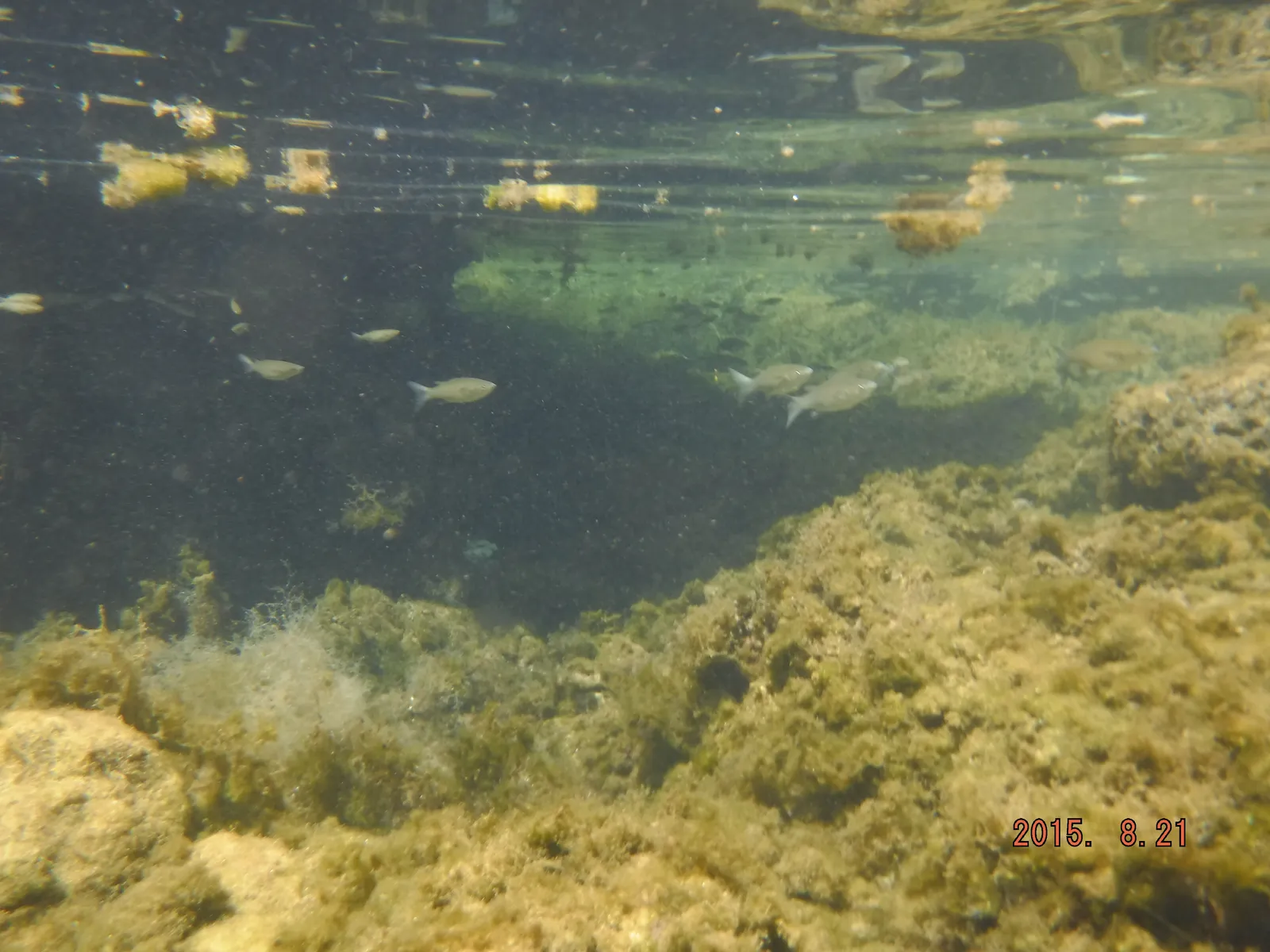
Rocky underwater terrain. Copyright © 2025 Stephen Yardley
The marine environment of the Maltese Islands is a critical component of the nation's natural heritage and economic well-being. Its clear waters, diverse marine life, and unique habitats are invaluable assets that require protection and sustainable management. As pressures from human activities and climate change grow, it is essential for Malta to continue enhancing its conservation efforts.
Environments
Indepth reading, follow the links:
The Islands are surrounded by rich and diverse marine ecosystems. These include seagrass meadows, coral reefs, underwater caves, and deep-sea habitats that support various marine species such as fish, dolphins, turtles, and corals. The sea around Malta is ecologically significant but increasingly threatened by overfishing, pollution, coastal development, marine traffic, and climate change.
To protect this vital environment, Malta has established Marine Protected Areas and participates in international conservation efforts. Sustainable tourism, public awareness, and stricter regulations are crucial to preserving the marine biodiversity and natural heritage of the Maltese Islands for future generations.
Surrounded by the clear, blue waters of the central Mediterranean Sea. With over 300 kilometers of coastline and an Exclusive Fisheries Zone extending up to 25 nautical miles, Malta possesses a rich and diverse marine environment. This environment plays a vital role in the country's natural heritage, economy, and cultural identity. However, it also faces numerous challenges from human activities and climate change.
Geographic and Oceanographic Features
The surrounding sea is relatively deep, with underwater cliffs, caves, seagrass meadows, and coral communities. Malta’s position at the crossroads of the western and eastern Mediterranean results in a dynamic marine ecosystem influenced by currents, seasonal temperature changes, and water salinity. The marine topography includes shallow coastal shelves and deeper zones like the Malta Escarpment, contributing to varied habitats and biodiversity.
Marine Biodiversity
The marine environment of the Maltese Islands is home to a wide variety of life forms. Posidonia oceanica, an important seagrass species endemic to the Mediterranean, forms underwater meadows that act as nurseries for fish and other marine life, while also helping to prevent coastal erosion and absorb carbon dioxide. The surrounding waters also support various species of fish, mollusks, crustaceans, sea urchins, dolphins, and turtles—particularly the endangered loggerhead turtle (Caretta caretta).
Coralligenous reefs and underwater caves add to the ecological richness of the region, hosting sponges, corals, and nudibranchs. Seasonal migratory species, including tunas and certain types of whales, also pass through Maltese waters, highlighting the area’s importance within broader marine migratory routes.
Human Impact and Environmental Challenges
Despite its ecological value, the Maltese marine environment is under growing pressure. Overfishing, coastal development, pollution, and marine traffic pose serious threats to marine ecosystems. Illegal and unregulated fishing, including the use of destructive techniques, reduces fish stocks and damages seabed habitats. Marine litter, especially plastics, is an increasing concern, harming marine life and entering the food chain.
Shipping activities, particularly due to Malta’s busy ports and bunkering services, contribute to pollution through oil spills, ballast water discharge, and noise pollution. Additionally, unsustainable tourism, including unregulated diving and anchoring, disturbs sensitive habitats such as seagrass beds and coral reefs.
Climate change is another significant threat. Rising sea temperatures, ocean acidification, and changes in current patterns affect marine biodiversity and may lead to the loss of native species or the introduction of invasive ones.
Conservation and Management
In response to these challenges, Malta has taken steps to protect its marine environment. Several marine protected areas (MPAs) have been designated under national law and EU Natura 2000 guidelines. These include important coastal and offshore areas that safeguard key habitats and species.
Moreover, Malta is part of various international agreements aimed at marine conservation, including the Barcelona Convention and the Marine Strategy Framework Directive. Research and monitoring programs are conducted to study marine biodiversity, assess water quality, and manage fisheries more sustainably.
Public awareness campaigns, beach clean-ups, and educational programs have also increased community involvement in marine conservation. Eco-tourism and sustainable diving practices are being promoted to reduce the environmental footprint of the tourism sector.
Marine Resource Management (MRM)
Malta's MRM mainly focuses on the sustainable use and protection of the country’s marine ecosystems. Surrounded by the Mediterranean Sea, Malta has designated over 35% of its waters as protected areas under the EU Natura 2000 network, safeguarding habitats such as Posidonia meadows, reefs, and sea caves. Key management efforts include regulating fisheries, controlling marine pollution, and enforcing conservation measures through national legislation and EU directives like the Marine Strategy Framework Directive (MSFD). Institutions such as the Environment and Resources Authority (ERA) and the Department of Fisheries oversee policy implementation, enforcement, and marine spatial planning. Despite challenges like overfishing, marine litter, and climate change, Malta is actively expanding marine protected areas, investing in monitoring and research, and promoting sustainable tourism and public awareness.
